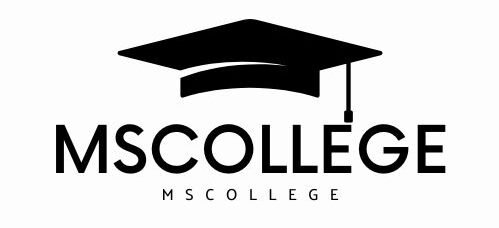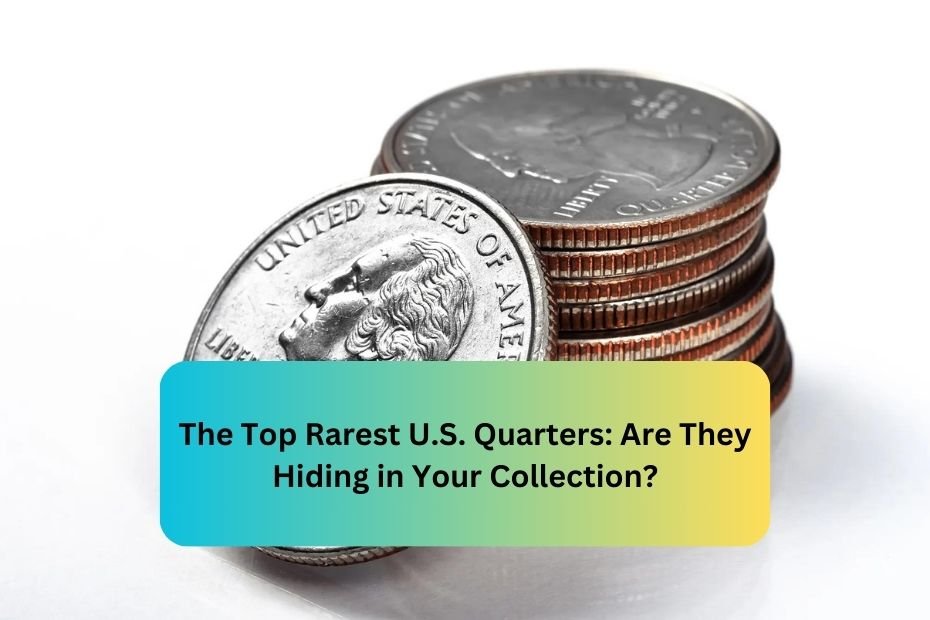Collecting rare quarters can be a rewarding hobby, both financially and personally. However, determining the true value of your collection is essential for maximizing its worth. Whether you’re a seasoned numismatist or just getting started, understanding how to appraise your rare quarters accurately will ensure you make informed decisions when buying, selling, or preserving your collection.
This guide will walk you through the steps to appraise your rare quarters for maximum value, from identifying key features to understanding market trends.
1. Understanding What Makes a Quarter Rare
Before diving into the appraisal process, it’s crucial to know what qualifies a quarter as “rare.” Rare quarters typically have the following characteristics:
A. Low Mintage Numbers
Quarters that were produced in limited quantities are inherently more valuable. The fewer the coins, the higher the potential demand among collectors.
B. Unique or Historical Significance
Certain quarters gain value due to historical significance. Examples include commemorative quarters or those tied to important events, such as the 50 States Quarters program or Bicentennial quarters.
C. Errors and Variants
Coins with minting errors (misstrikes, off-center strikes, double dies, etc.) are sought after by collectors. These error coins can sometimes fetch significantly higher prices due to their rarity and uniqueness.
D. Condition and Grade
A coin’s condition, often referred to as its grade, is one of the most critical factors in determining value. A coin that is in excellent condition (uncirculated or mint state) will be worth more than one that shows signs of wear.
2. Assessing the Condition (Grading) of Your Quarter
One of the most important steps in appraising your rare quarters is determining their condition. Coin grading involves evaluating the physical state of the coin, including wear, luster, and any signs of damage.
A. Grading Scales
The most widely accepted coin grading scale is the Sheldon Scale, which ranges from 1 to 70:
- Poor (P-1): A coin that is barely recognizable.
- Good (G-4 to G-6): Coins that have significant wear but retain most of their basic design.
- Fine (F-12 to F-15): Coins with moderate wear, but still feature recognizable details.
- Extremely Fine (EF-40 to EF-45): Coins with light wear, with most details clearly visible.
- Mint State (MS-60 to MS-70): Coins that show no signs of wear, with MS-70 being perfect, flawless coins.
B. Factors to Consider in Grading
- Luster: Coins with original mint luster are highly prized, as it indicates they haven’t been handled much.
- Strike Quality: Some coins may have weak strikes, affecting their appearance.
- Wear and Tear: Coins that show little or no signs of wear are more valuable.
- Surface Preservation: Look for scratches, dents, and other imperfections that could lower the coin’s grade.
C. Professional Grading Services
While self-assessing the grade of a coin is possible, it’s recommended to have valuable quarters professionally graded by a reputable service such as:
- Professional Coin Grading Service (PCGS)
- Numismatic Guaranty Corporation (NGC)
These services will provide you with an official grade, which helps maximize your quarter’s value when selling.
3. Identifying Key Dates and Mint Marks
Certain dates and mint marks (the letter that denotes where the coin was minted) are more valuable than others. Pay attention to these factors to accurately assess the rarity and value of your quarters.
A. Key Dates
Some of the most valuable quarters are from specific years where production was limited, or significant historical events took place. Examples include:
- 1932-D and 1932-S Washington Quarters: Very low mintage and highly sought after.
- Standing Liberty Quarters (1916-1930): Certain dates and varieties, such as the 1916 issue, are highly valuable.
- Barber Quarters (1892-1916): Key dates in this series are especially rare.
B. Mint Marks
Mint marks can be found on different parts of the quarter depending on the design. Key mint marks to look for include:
- “D” for Denver Mint
- “S” for San Francisco Mint
- “P” for Philadelphia Mint
Mint marks can drastically affect a coin’s value. For example, quarters minted at the San Francisco Mint during certain years tend to be more valuable due to lower production numbers.
4. Researching Current Market Trends
To ensure you’re appraising your quarters for maximum value, you must stay updated on current market trends. Coin values fluctuate depending on demand, economic conditions, and historical interest.
A. Price Guides and Auction Results
Refer to reliable coin price guides like the “Red Book” (A Guide Book of United States Coins) or online resources like CoinTrackers and NumisMedia. These guides provide historical and current market values for various coins.
B. Auction Websites
Check auction websites such as eBay or Heritage Auctions to see how similar quarters are selling. Look for recently sold items to get the most accurate idea of the current market price.
C. Economic Factors
Coin values can also rise and fall based on larger economic trends. Precious metals like silver, which is found in older quarters, can increase in value during times of economic uncertainty. Keep this in mind when appraising silver quarters, particularly pre-1965 quarters that contain 90% silver.
5. Proper Storage and Preservation for Maximum Value
Once you’ve appraised your quarters, it’s important to store and preserve them properly to maintain or even increase their value.
A. Coin Holders and Albums
Invest in high-quality coin holders or albums to protect your quarters from environmental damage. Avoid handling them with bare hands, as oils from your skin can cause deterioration over time.
B. Avoid Cleaning Coins
While it might be tempting to clean your coins, doing so can drastically reduce their value. Cleaning can strip away the natural patina, which collectors often value.
C. Optimal Storage Conditions
Store your coins in a cool, dry place away from direct sunlight. Humidity and temperature fluctuations can cause damage, such as corrosion or tarnishing.
6. Consulting with an Expert
If you’re unsure about the value of your rare quarters, consulting with a coin appraiser or numismatist can provide invaluable insights. A professional can:
- Provide an accurate valuation: Based on factors such as rarity, condition, and market demand.
- Help you navigate selling options: Whether you’re looking to sell through an auction house, online marketplace, or private sale.
- Verify authenticity: Ensure that your coins are genuine and not replicas.
Conclusion
Appraising your rare quarters for maximum value involves careful attention to detail, from assessing their condition to understanding the nuances of rarity, historical significance, and market trends. Whether you’re planning to sell, trade, or simply expand your collection, following these steps will help ensure you maximize the worth of your rare quarters.
Remember, patience is key in the world of numismatics. Take your time to appraise your collection properly, and consult with experts when necessary to achieve the best results.
FAQs
1. How do I know if my quarter is rare?
A quarter is considered rare if it has a low mintage, historical significance, minting errors, or is in excellent condition. Key dates and mint marks also play a significant role in determining rarity.
2. What are the most valuable quarters?
Some of the most valuable quarters include the 1932-D and 1932-S Washington Quarters, Standing Liberty Quarters from 1916, and Barber Quarters from key dates.
3. Should I clean my rare quarters?
No, cleaning coins can reduce their value significantly. Collectors prefer coins with natural patina, and cleaning can damage the coin’s surface.
4. How do I get my quarter professionally appraised?
You can have your quarter appraised by sending it to a professional grading service like PCGS or NGC, or by consulting a reputable numismatist or coin dealer.
5. Where can I sell my rare quarters?
You can sell rare quarters through online auction sites like eBay, through coin dealers, or at specialized coin auctions. Professional appraisers or coin dealers can guide you toward the best-selling options based on the rarity and condition of your coins.

